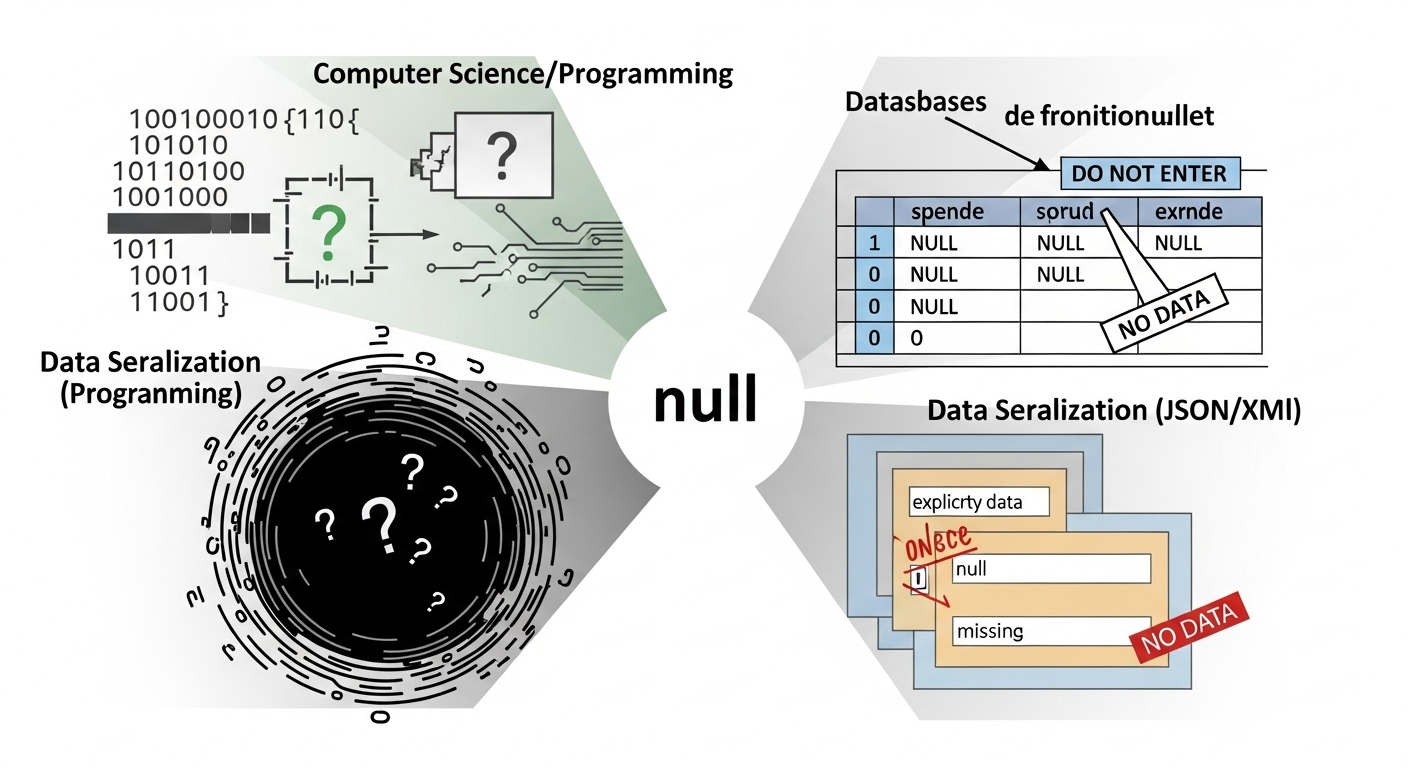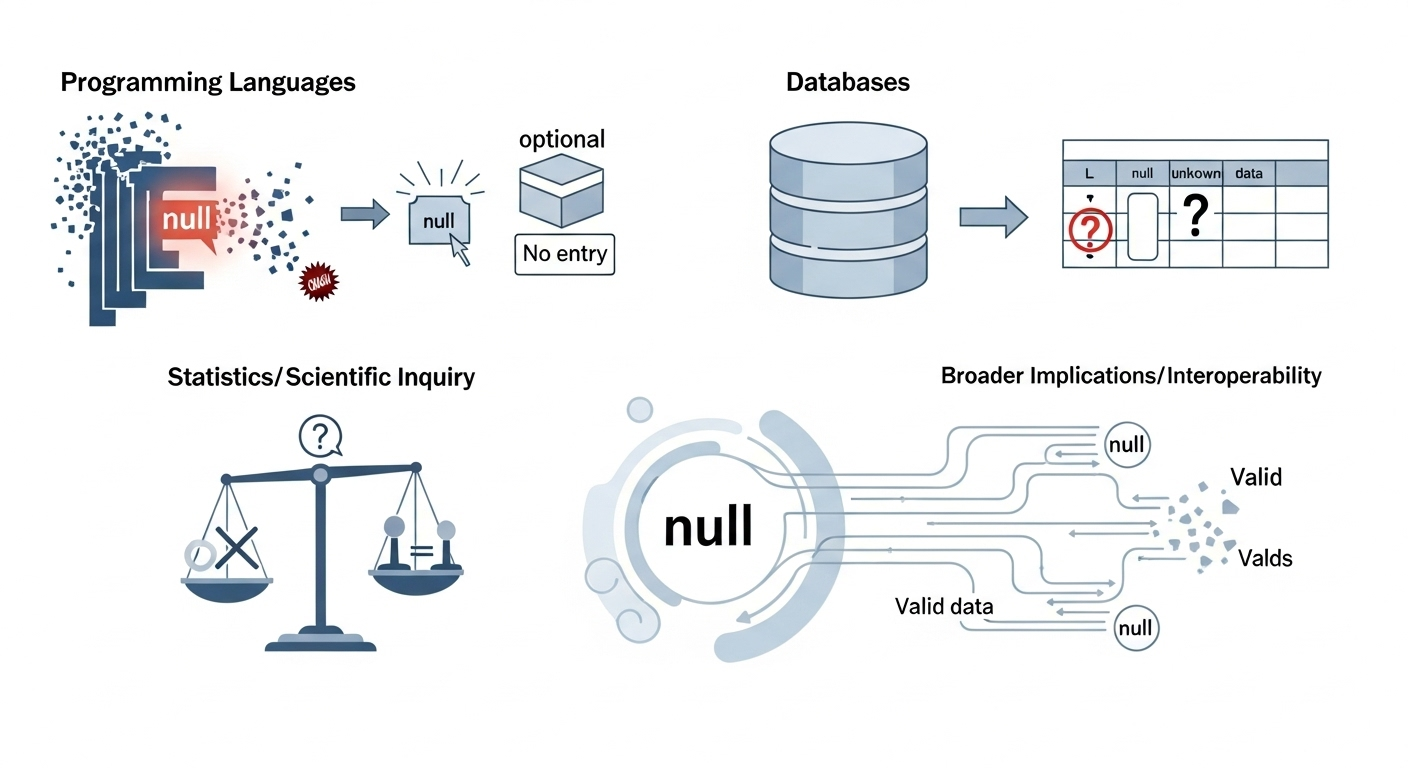MLOps Best Practices: A Complete Guide to Building Reliable Machine Learning Systems
In today’s data-driven world, organizations are increasingly adopting machine learning (ML) to gain competitive advantages. However, deploying ML models into production is not as simple as training them in a lab environment. This is where MLOps best practices come into play. MLOps, short for Machine Learning Operations, is the discipline that combines machine learning, DevOps, and data engineering to streamline the lifecycle of ML models. In this article, we will explore the most effective MLOps best practices that ensure scalability, reproducibility, and reliability of ML systems. From data preparation to monitoring deployed models, we’ll cover the entire journey step by step.

1. Understanding the Foundations of MLOps
Before diving into MLOps best practices, it’s essential to understand what MLOps is and why it matters. MLOps is not just about deploying models; it’s about creating a sustainable ecosystem where ML models can be developed, tested, deployed, and monitored efficiently.
For example, while DevOps focuses on code, MLOps must also manage datasets, model versions, and experiment tracking. This makes it a multidisciplinary practice involving data scientists, ML engineers, and DevOps professionals working together.
Key Components of MLOps
- Data management and preprocessing
- Model training and experimentation
- Model deployment and serving
- Monitoring and governance
2. Data Management and Versioning
Data is the backbone of any ML system. One of the most critical MLOps best practices is ensuring proper data management and versioning. Without consistent data pipelines, models can become unreliable and difficult to reproduce.
For example, if a model trained on last year’s customer data performs poorly today, versioning helps identify whether the issue lies in the dataset or the model itself.
Best Practices for Data Management
- Use automated pipelines for data ingestion and preprocessing
- Implement data validation checks to detect anomalies
- Adopt tools for dataset versioning and lineage tracking
3. Experiment Tracking and Reproducibility
Machine learning involves numerous experiments with different hyperparameters, architectures, and datasets. Tracking these experiments is a core MLOps best practice. Tools like MLflow, Weights & Biases, or Neptune.ai allow teams to log metrics, parameters, and artifacts for each experiment.
For example, if a model achieves 95% accuracy, experiment tracking ensures that the exact configuration can be reproduced later.
Benefits of Experiment Tracking
- Improved collaboration between data scientists and engineers
- Faster debugging and troubleshooting
- Regulatory compliance through reproducibility
4. Model Training Pipelines
Building automated training pipelines is another cornerstone of MLOps best practices. Instead of manually training models, pipelines automate data preprocessing, feature engineering, model training, and evaluation.
For example, a pipeline can automatically retrain a fraud detection model whenever new transaction data arrives.
Pipeline Design Considerations
- Scalability: Pipelines should handle large datasets efficiently
- Modularity: Each step should be reusable and independent
- Automation: Minimize manual steps to reduce errors
5. Continuous Integration and Continuous Deployment (CI/CD) for ML
CI/CD is a well-established DevOps practice, but in MLOps, it extends to models and data. Implementing CI/CD pipelines for ML ensures that models are automatically tested, validated, and deployed into production environments.
For example, when a new model version is pushed to the repository, the CI/CD pipeline can automatically run unit tests, validate performance metrics, and deploy the model if it meets predefined thresholds.
CI/CD Best Practices
- Automate testing for both code and models
- Use canary deployments to minimize risk
- Integrate monitoring tools into the deployment pipeline
6. Model Deployment Strategies
Deploying ML models is not a one-size-fits-all process. Different use cases require different deployment strategies. Common approaches include batch inference, online inference, and edge deployment.
For example, a recommendation system for an e-commerce site may require real-time inference, while a credit risk model may only need batch predictions once a day.
Deployment Options
- Batch deployment for periodic predictions
- Real-time deployment for low-latency applications
- Edge deployment for IoT and mobile devices
7. Monitoring and Observability
Once models are deployed, monitoring their performance is essential. Unlike traditional software, ML models can degrade over time due to data drift or concept drift. Monitoring ensures that issues are detected early and addressed promptly.
For example, a sentiment analysis model trained on social media data may become less accurate as language evolves. Monitoring tools can detect this drift and trigger retraining workflows.
Monitoring Metrics
- Prediction accuracy and latency
- Data drift and feature distribution changes
- System resource utilization
8. Governance, Compliance, and Security
As ML adoption grows, so do concerns about governance, compliance, and security. Ensuring that models are explainable, auditable, and secure is a vital MLOps best practice. Regulations like GDPR and HIPAA require organizations to maintain transparency in how models make decisions.
For example, in healthcare, models must not only be accurate but also explainable to doctors and regulators.
Governance Practices
- Maintain audit trails for datasets and models
- Implement role-based access control
- Use explainability tools like SHAP or LIME
9. Scaling MLOps Across Teams
As organizations mature, scaling MLOps practices across multiple teams becomes necessary. Standardization, collaboration, and shared infrastructure are key to achieving this.
For example, a large enterprise may have multiple teams working on different ML projects. By adopting standardized pipelines and tools, they can ensure consistency and reduce operational overhead.
Scaling Strategies
- Adopt centralized MLOps platforms
- Encourage cross-team collaboration
- Provide training and documentation
10. Future Trends in MLOps
The field of MLOps is rapidly evolving. Emerging trends include automated machine learning (AutoML), federated learning, and the integration of large language models (LLMs) into production systems. Staying ahead of these trends is itself a MLOps best practice.
For example, AutoML tools can automate hyperparameter tuning and model selection, reducing the workload for data scientists. Federated learning enables training models on decentralized data, improving privacy and compliance.
Upcoming Innovations
- AutoML for faster experimentation
- Federated learning for privacy-preserving ML
- LLM integration for advanced NLP applications
Conclusion
MLOps is more than just a buzzword - it’s a framework for building reliable, scalable, and compliant machine learning systems. By following MLOps best practices such as data versioning, experiment tracking, automated pipelines, CI/CD, monitoring, and governance, organizations can ensure that their ML models deliver consistent value in production.
As the field continues to evolve, staying updated with future trends like AutoML, federated learning, and LLM integration will be crucial. Ultimately, the success of MLOps lies in collaboration, automation, and continuous improvement.











